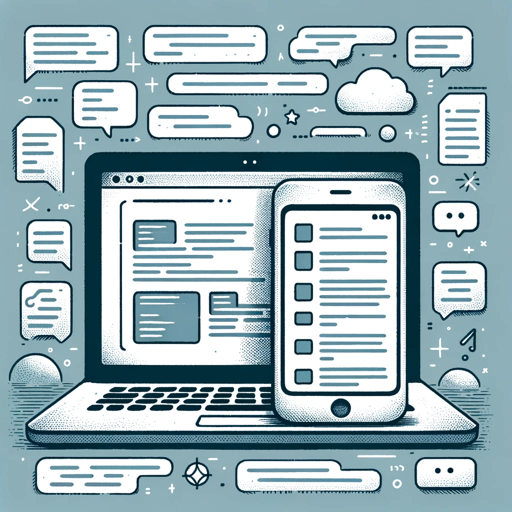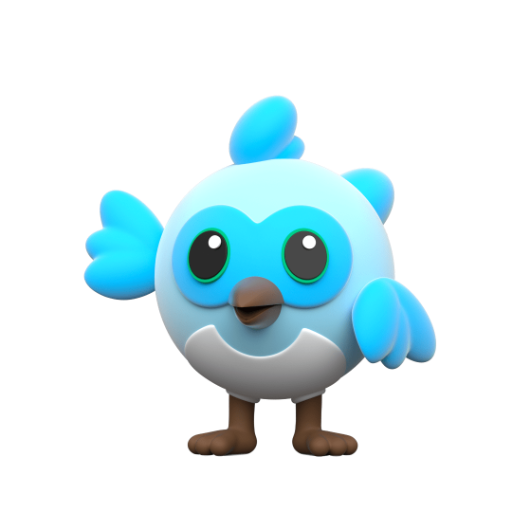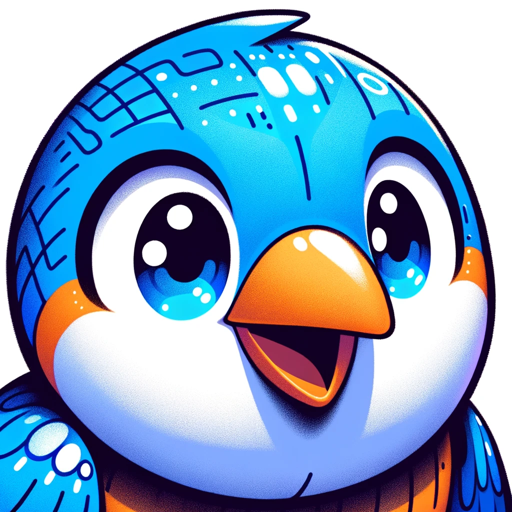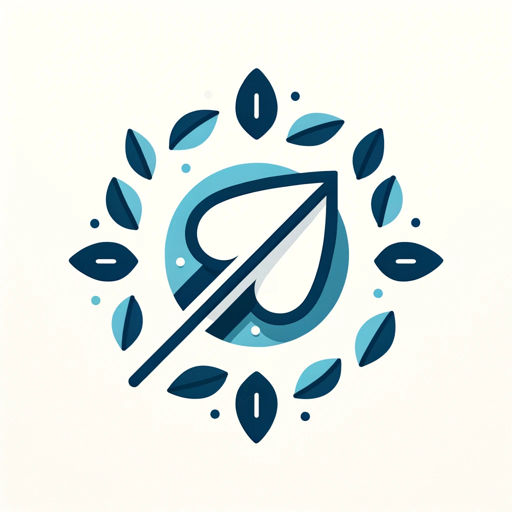Flutter-cross-platform app development framework
Build beautiful apps with AI-powered speed
Can you explain Flutter widgets?
How do I manage state in Flutter?
Tips for optimizing Flutter apps?
Best practices for Flutter UI design?
Related Tools
Load More
Flutter Pro
Personal Flutter/Dart code developer.

Flutter Expert
Expert in Flutter and Dart, providing solutions and best practices.

Flutter Pro
Development Co-Pilot.

Flutter Pro
Expert Flutter/Dart guidance with concise, clear advice on best practices. V1.1 05-20-2024

Flutter Expert
Expert in FlutterFlow, Flutter, Firebase, and Dart, offering detailed tech guidance.
Flutter App Maker 3000
Build a Flutter app by letting me do all the work. I will handle all the groundwork for each feature by applying architecture, navigation, localization and services to create a full-fledge app.
20.0 / 5 (200 votes)
Introduction to Flutter
Flutter is an open-source UI software development toolkit created by Google. It is used to build natively compiled applications for mobile, web, and desktop from a single codebase. Flutter is designed to enable developers to create high-quality, performant applications that are visually attractive, with a focus on delivering consistent experiences across different platforms. The core of Flutter's design philosophy revolves around its use of widgets. Everything in Flutter is a widget, including layout models, controls, and even the app itself. These widgets are highly customizable and can be nested, composed, and modified to create complex UIs that are both dynamic and responsive. A typical scenario where Flutter shines is in developing a mobile app that needs to run on both iOS and Android with the same look and feel. For instance, an e-commerce app that requires rich, interactive UIs for product displays, seamless transitions, and animations, all while maintaining high performance, can benefit significantly from Flutter's capabilities.

Core Functions of Flutter
Cross-Platform Development
Example
Creating a single codebase that compiles to both iOS and Android apps.
Scenario
A startup developing a social networking app wants to release on both iOS and Android simultaneously. By using Flutter, they can write their code once and deploy it across both platforms, saving time and resources. The app can maintain a consistent UI and behavior across devices while minimizing platform-specific code.
Hot Reload
Example
Instantly seeing changes in the UI after code modifications without restarting the app.
Scenario
A developer is working on refining the user interface of a news application. They can tweak the layout, change the color scheme, or add new widgets, and see the results immediately on the emulator or physical device. This speeds up the development process by allowing for quick iterations and experimentation.
Customizable Widgets
Example
Building a unique, brand-specific UI with custom widgets.
Scenario
A company wants to create a unique brand identity through its mobile app. Flutter allows developers to build custom widgets that align perfectly with the brand's visual guidelines, ensuring that the app has a distinctive look and feel. For example, a fintech app might use custom-designed widgets to offer a personalized experience that stands out from competitors.
Target Users of Flutter
Startups and Small Businesses
Startups and small businesses often need to develop applications quickly and cost-effectively. Flutter is ideal for this group because it allows them to build and deploy apps across multiple platforms using a single codebase, reducing development time and costs. Moreover, the ability to maintain consistent UIs across devices is crucial for brand recognition and user experience.
Experienced Developers and Agencies
Developers and agencies with experience in mobile or web development find Flutter particularly useful because of its extensive library of widgets and tools, which can significantly speed up the development process. For those focused on delivering high-performance applications with complex UIs, Flutter's capabilities allow for greater creativity and efficiency. Additionally, agencies that manage multiple client projects can benefit from Flutter's versatility, allowing them to cater to various platform needs without managing multiple codebases.

How to Use Flutter
Visit aichatonline.org for a free trial
Go to aichatonline.org to access Flutter without needing to log in or subscribe to ChatGPT Plus. This gives you an easy and free start with the tool.
Install Flutter and Set Up the Environment
Download and install Flutter SDK from the official site. Set up your development environment by installing an editor like Visual Studio Code or Android Studio, along with the Flutter and Dart plugins.
Create a New Flutter Project
Use the command `flutter create my_project` in your terminal to create a new project. This will generate a sample application structure with necessary files and directories.
Develop Your Application
Write your Dart code to define the UI and logic of your app. Utilize Flutter’s rich set of pre-built widgets and customize them according to your design needs. Hot reload is useful for instantly seeing changes during development.
Test and Deploy Your Application
Run `flutter run` to test your app on a simulator or physical device. Use `flutter build` to compile your app for production, and `flutter deploy` to release it on platforms like Google Play or the App Store.
Try other advanced and practical GPTs
Flutter Pro
AI-powered Flutter development assistant

Dr. GPT
AI-powered tool for medical professionals

Accounts Advisor UK
AI-powered UK tax and accounting insights

Neovim GPT | Nvim Setup Assistant
AI-powered Neovim configuration assistant.

Quantum Mechanics
AI-Powered Quantum Mechanics Assistance

Pun Innovator by Merch Momentum
AI-powered puns for your merch

Sing Song Song Maker
Create Your Own Songs with AI

The Beatles Encyclopedia
AI-powered Beatles knowledge at your fingertips.

Bibliography Assistant
AI-Powered Bibliography and Citation Tool

Personal Color Analysis Service
AI-powered personal color analysis

Illustration Affiche CS
AI-powered Minimalist Image Creation

2D Pixel Sprite Sheet Generator
AI-Powered Pixel Art Animation Tool

- Prototyping
- UI Design
- Mobile Apps
- Cross-Platform
- Web Apps
Common Questions About Flutter
What is Flutter?
Flutter is an open-source UI toolkit by Google that allows developers to build natively compiled applications for mobile, web, and desktop from a single codebase using the Dart programming language.
How does Flutter achieve cross-platform compatibility?
Flutter uses its own rendering engine and a single codebase written in Dart to create widgets, which ensures that apps look and behave consistently across different platforms without needing platform-specific UI components.
What are the key advantages of using Flutter?
Flutter offers fast development with hot reload, a rich set of customizable widgets, strong community support, and the ability to compile into native code, ensuring high performance on both Android and iOS platforms.
Can Flutter be used for web development?
Yes, Flutter supports web development. By using Flutter’s web support, you can compile existing Flutter code into a client experience that can be embedded in the browser, ensuring a seamless experience across mobile and web.
Is Flutter suitable for large-scale enterprise applications?
Yes, Flutter is suitable for enterprise-level applications. It provides the tools necessary for building scalable and maintainable apps, with a robust architecture, efficient state management, and comprehensive testing support.